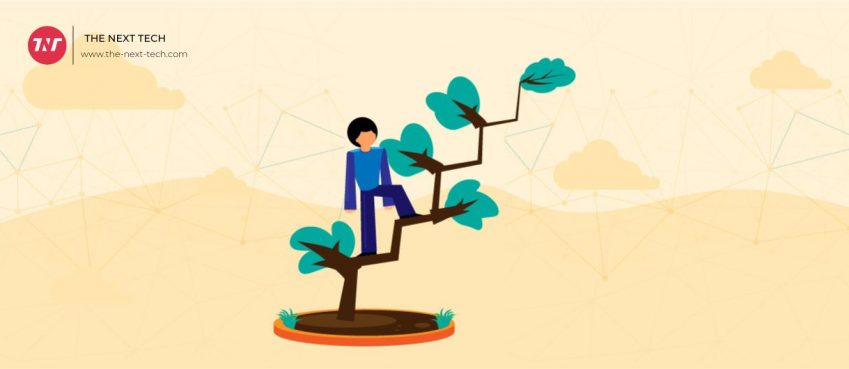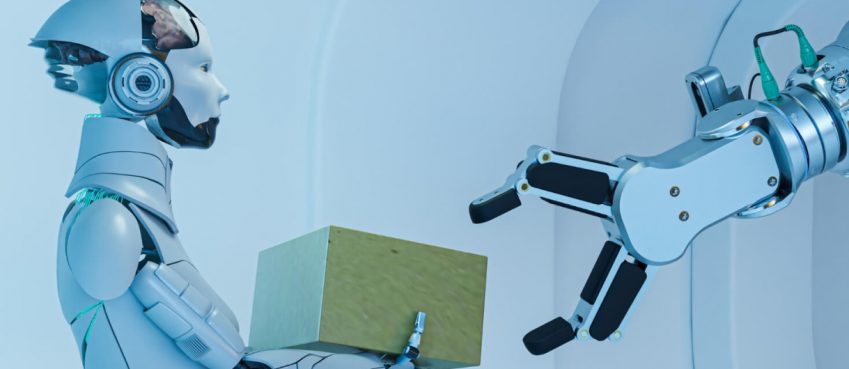
AI-driven innovation is being applied to many content creation automation systems. Using GANs, image manipulations of many types are possible. Automatic image scanning and captioning save significant human time and effort when building up a digital catalog offering many versions of extensive product lines.
Let’s take a deeper look at these AI technologies.
Generative Adversarial Networks (GANs)
A Generative Adversarial Network (GAN) is a kind of architecture for a neural network, which is trained by using two models. One is a generator model, and the other is a discriminator model. The generator model learns to create convincing samples that fool the discriminator model. The discriminator is given samples of real and generated images to identify.
Once the generator model is trained to fool the discriminator model, the GAN can create new, convincing images on-demand that are similar but distinctly different from an existing set of images.
GANs are able to generate:
- Examples from a Set of Images: Create unique images with the characteristics of a set of images.
- Human Faces: Create unique face photos that have certain facial features, such as age, race, nationality, or look similar to celebrities.
- Face Aging: Modify a photo of a human face to predict changes due to age over time.
- Realistic Photos: Create a realistic photo from a drawing or a sketch.
- Cartoon/Anime Characters: Create drawn characters based on characteristics, such as to resemble a photo of a real person’s face.
- Emojis: Create emojis based on characteristics, such as to resemble a photo of a real person’s face.
- Human Poses: Create new body poses from photos of a human model.
- 3D Objects: Create a 3D object from a 2D image.
GANs are able to do these translations and processing:
- Text to Image: Create a realistic image based on a text description.
- Image to Image: Create a set of derivative images from an image, such as the appearance of a building at different times of day or night.
- Clothing Translation: Change the clothing worn by a model in a photo.
- Photograph Editing: Seamlessly replace image content or improve quality, such as removing rain or snow from a photo.
- Photo Blending: Mix more than one photo together, such as face replacement of an individual in a group photo.
- Super Resolution: Improve the resolution of low-quality images to a higher resolution with greater clarity and detail.
- Photo Inpainting: Use painting techniques over part of a photo, such as to repair a damaged area with a blended, digitally painted replacement.
- Video Prediction: Predict and create a series of video frames in sequence starting from a single frame based on the subjects/objects in the frame and their potential movement.
There are many applications for GAN technology in eCommerce sales. GANs can create high-resolution photos for catalogs. For retail fashion sales, GANs can display customized outfits and change the poses and outfits shown in the digital images of a fashion model. GANs can create different body styles for the same fashion model.
GANs can develop examples of product prototypes based on user input. Want to see what a certain clothing style looks like in a different color? GANs can show this.
It is also possible to mix and match translation parameters to generate unique results. Allowing GANs to work with text-to-image translation instructions can produce interesting results.
Also read: [10 New] Alternatives For T Bar Row Exercises To Build Lats (With Pictures)
Computer Vision and Image Recognition
Computer vision uses image captioning as a core capability to support many services. For example, when a user uploads an image for use in an e-commerce catalog, AI-driven image processing can recognize the image and determine its attributes. The AI can recognize signatures and create descriptions. It can categorize the item by type, material, color, pattern, and size.
Using such a solution makes it much easier to populate the items in a catalog with descriptive content. What might take months to accomplish using humans can be achieved with an AI-driven solution in a matter of a few hours.
Image tagging and recognition allow users to select an item from an online catalog and then use the AI-driven image recognition software to find similar items. Pinterest has this feature that enables a user to select an item from any online photo and search for similar items on Pinterest.
Counterfeit Product Identification
Counterfeit products cause major brands to lose billions of dollars in sales. Fake products also damage the original brand’s reputation if the product is of inferior quality.
AI-driven scanning of product images posted online for sale can uncover fake products. Accurate identification of counterfeit products improves over time using machine learning to train the software to recognize fakes more efficiently.
Also read: Top 10 Internet Providers In The World | List Of Fastest ISP Providers
AI-driven content creation
Product descriptions are very important for eCommerce as customers make their purchase decision after reading. Creating product descriptions for big eCommerce projects is a very time-consuming task. With the latest innovations, such as GPT-3, AI text generation tools are becoming smarter and can create unique human-like written text content for online stores.
Top 10 News
-
01
10 Exciting iPhone 16 Features You Can Try Right Now
Tuesday November 19, 2024
-
02
10 Best Anatomy Apps For Physiologist Beginners
Tuesday November 12, 2024
-
03
Top 10 Websites And Apps Like Thumbtack
Tuesday November 5, 2024
-
04
Top 10 Sites Like Omegle That Offer Random Video Chat
Monday October 21, 2024
-
05
Entrepreneurial Ideas To Make 5K In A Month (10 Realistic Wa...
Monday October 7, 2024
-
06
[10 Best] Cash Advance Apps Like Moneylion And Dave (No Cred...
Friday September 20, 2024
-
07
Top 10 Richest Person In The World
Tuesday August 27, 2024
-
08
Top 10 Unicorn Startups In The World (2024-25)
Monday August 26, 2024
-
09
Top 10 IT Companies In The World By Market Cap
Thursday August 22, 2024
-
10
[10 New] Best OnionPlay Alternatives To Stream TV Shows And ...
Tuesday June 11, 2024







